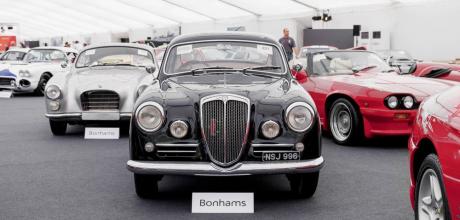Continued resilience across classic car market during pandemic
The pandemic has seen the classic car market adapt admirably to new ways of distanced selling to cater for enthusiasts with more time and money on their hands, but as things start to open up again, can we expect the general buoyancy of the market to finally slow down?
On paper, there are numerous obstacles to a prosperous classic car market, both in the near and distant future. Aside from the easing of lockdown, the most obvious hurdle is the ban on sales of new petrol and diesel-only cars from 2030. Nobody is suggesting fossil fuels will be taken away for older vehicles, but the proliferation of city-centre emissions zones is a factor, with modern classics spanning a period of over twenty years seemingly left out in the cold. And yet, there’s little evidence of a downturn. The UK went into Step 3 of its unlocking roadmap on May 17th, and while some sale rates have softened, they’ve generally remained over eighty percent. Indeed, Brightwells’ May sale recorded a success rate of eighty-nine percent, a two percent rise on its April auction, with H&H recording eighty percent for its Duxford sale in May. Anglia Car Auctions hit ninety percent during the same month.
Historics Auctioneers’ rates have grown steadily through the pandemic, reaching ninety percent for its delayed Ascot Racecourse sale in mid-April. The firm’s May auction was held just four weeks later, but managed to achieve a sale rate of seventy-six percent, comparing favourably to the sixty-seven percent of its final pre-lockdown auction (March 2020). Over at Mathewsons, the most recent June sale attracted a whopping record 541 lots. “We find business really good at the moment,” Derek Mathewson told Classic Porsche. “It’s not quite the frenzied buying situation we experienced a few months ago, but the models that usually sell well are selling brilliantly well.” Rather than drop off, it seems the market will continue to evolve — despite restrictions, such as ULEZ, modern classics from the 1980s and 1990s seem to be the current top performers, encouraged by nostalgia for the era from affluent forty-something buyers. This was reflected by Historics’ May sale, where the best sales performance was from the 1990s entries.


